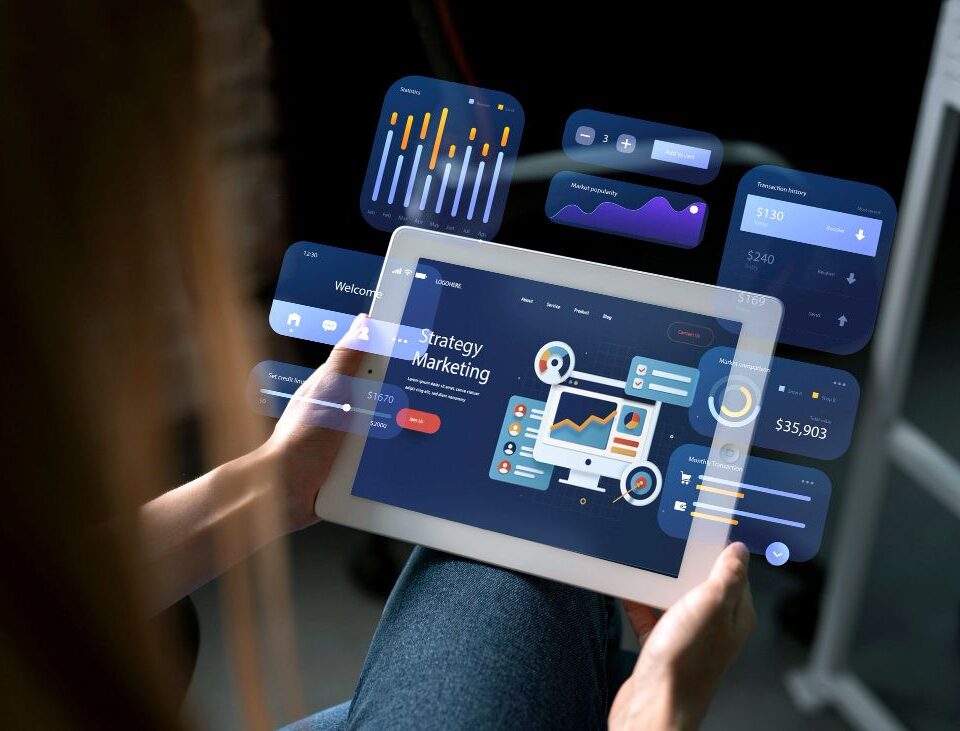
Why FMCG Companies in the UAE Need Specialized ERP Solutions
September 25, 2025
How Leading Manufacturers in India and the UK Are Transforming with Infor ERP
November 4, 2025The Role of ERP and WMS in Last-Mile Delivery Optimization
In the last-mile delivery process, freight moves from a regional distribution center into the hands of the customer, the last and most critical link in the chain of rapid supply. Rising customer demands for speed and convenience have made technology a key differentiator for most companies today. Hence, ERP integration with WMS for the last mile can streamline operations, which in turn may lower customer costs. Also, it significantly enhances the customer experience. In essence, last-mile delivery optimization is not a passing trend but a critical factor for business survival.
The Challenges of Last-Mile Delivery
The path to the front door of a customer is challenging. Often, the biggest hurdle is cost—last-mile logistics can make up over 50% of shipping expenses, depending on the distance. Random factors, such as traffic jams and poor road conditions, can cause entire hours to be wasted in delays. Customers of today expect deliveries in one day, if not within an hour or two, so pressure is mounting on efficient routing as well as inventory management. Without an efficient system, companies cannot keep up with demand, leaving customers unhappy and revenue falling. Technology focuses on addressing these last-mile delivery challenges and solutions.
How ERP Improves Last-Mile Delivery
An ERP software runs as the central nervous system of the business. It offers an end-to-end supply chain visibility, right from placement to delivery. Centralizing data within an ERP allows a company to track the live status of last-mile delivery—from the moment an order leaves the warehouse to its arrival at the customer’s door—providing stakeholders and internal teams with timely updates. Ensuring fluid and seamless execution of orders, inventory, and financing becomes essential.
This, of course, is an obvious example of an ERP system assisting in last-mile delivery by way of an interface with routing optimization software. The tools use factors such as traffic, delivery points, and driver availability to optimize routes and thereby reduce last-mile delivery costs through less time on the road and fuel consumption. In addition, ERP systems also handle return logistics when coupled with the WMS. This speeds up the processes of return and exchange for the customer.
The Role of WMS in Last-Mile Efficiency
ERP looks at the bigger picture, while last-mile delivery WMS handles the practical details of warehouse operations. Fulfillment and last-mile delivery begin with movement from the warehouse to a customer's door. Thus, WMS makes sure a product is picked, packed, and shipped in high speed and with the utmost accuracy. The WMS software guides the workers on the fastest paths to pick.
Thus it reduces errors and saves time. Last-mile logistics and real-time inventory management make this possible. The WMS provides for automated dispatching systems whereby drivers are assigned delivery processes according to their last-known location, vehicle type, and workload. This smart dispatching keeps the drivers almost always busy and the deliveries at maximum efficiency.
ERP and WMS Integration for Logistics Success
WMS-ERP integration in logistics offers a single platform where all data is synchronized along the supply chain. Once the order goes into the ERP, the WMS already begins preparing the order for shipping. The smooth and orderly flow that flows from the order management module in ERP to picking and packing execution in WMS is a data-entry-free process hence eliminating errors done by humans.The ERP integration goes on to provide end-to-end supply chain visibility through linking warehouse operations to delivery tracking. Whenever there is a delay or the delivery needs to be rerouted, the integrated systems would immediately resolve it in real-time, and the same information is given to company as well as the customers. It is this synergy that allows for the efficient last-mile delivery optimization.
Benefits for Businesses and Customers
Both the customer and the company benefit from adopting a fully integrated ERP and WMS solution. Deliveries for companies will be faster, with reduced operation costs and better usage of resources. By routing wisely and automating processes, companies can increase their delivery volume with the same set of resources, which helps in reducing last-mile delivery costs.These offer strong benefits for the customer. They are kept well-informed, receives the correct orders, and can even track packages in real-time, which improves the whole customer experience in the last mile. The transparency and reliability of these systems created with the customers foster trust and loyalty that quickly convert a one-time purchase into a long-standing relationship.



